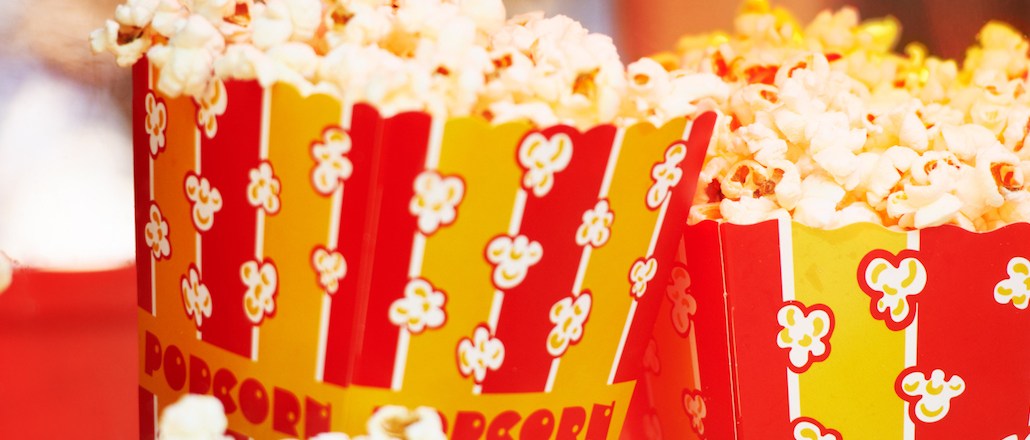From smart bracelets to movies: FamilyShare goes all in on sponsored content play

by Saul Leal, director of strategic brand partnerships, FamilyShare
According to Business Insider Intelligence, sponsored content will be the fastest-growing native format driving digital ad growth over the next five years. The continued rise of mobile and social will fuel this transition.
Unfortunately, native advertising’s “bespoke” nature, which is the great strength of sponsored content, can also be its most glaring weakness. Custom content can be expensive to produce and distribute, requiring messaging and execution that matches the style and rhythm of the publisher’s editorial content. Reach, targeting and brand messaging all must be carefully monitored to move a campaign from brilliant concept to truly effective marketing.
One key to getting the most value from sponsored content is choosing distribution channels where authentic audience response will generate viral lift. No channel offers this opportunity better than social media, and Facebook in particular. Of course, the content needs to meet (and even better, exceed) audience expectations for quality; but when it does, the audience found in an aligned distribution channel will make your voice go further.
Get results by aligning with audience expectations
The reason native works so well in a social environment is that both tools are focused on the audience first– one could argue, only focused on the audience. A great native piece fits in so seamlessly to the user experience it’s hardly distinguishable from the editorial content. The look and feel, voice and tone all align with the audience’s expectations of the publisher that they willingly – and ideally happily – consume the content and look for more.
Earlier this year, our FamilyShare property, a social media publisher with 130 million followers reaching 250 million people monthly on Facebook, worked with The Weinstein Company and their agency to promote the Academy award nominated movie Lion. (If you haven’t seen it – go!) Even with a compelling storyline and imagery, the movie’s trailer didn’t initially reach our threshold for success –100,000 organic views in 24 hours. We knew this story was too good and had more potential.
Working with Weinstein’s agency, we took the trailer apart and re-told the story for a Facebook audience. Instead of a trailer-style piece built for YouTube or television, the final mini video told the human-interest story of the main character. The video is social and mobile friendly and brought the audience into the story quickly, even if they didn’t have the sound on.
A/B testing isn’t enough
Focusing your native strategy on social gives you the advantage of lots of real-time data to understand the audience reaction to any piece of content. The immediacy allows you to stay nimble and iterate quickly. We don’t just do A/B testing; we do A/B/C/D/E/F… testing.
For our current client Ava, which sells a bracelet that gives women information about their health and their ovulation cycle, we quickly found that the sweet spot between our audience and theirs– as judged by high click through rates of 4 to 6 percent, and more than 135,000 page views– was on articles specifically about pregnancy and health, not more generic articles on relationships – even though the demographics for both kinds of articles may have been the same.
Even minor adjustments to the headline, image, article or call to action can mean the difference between native advertising success or failure. Pairing native and social lets you try out many iterations.
Data as an enabler to engaging content
Data, of course, doesn’t replace human creativity. But when you know what is working today with the audience, the data can provide you with feedback to help direct your creative. Data will give you a fuller, real-time picture of how the audience is engaging with the content and will help you minimize your creative risk in the future.
There is no easy road to create engagement. But native – especially native in social media – has the power to get your product or company seen by audiences you are craving. The more creativity you have to speak the language of the social feed, and carefully iterating from the data, the more you will build brand awareness.
More from Digiday

Pandora is betting on AI agents to scale service and emotional selling during the peak holiday season
Pandora is using AI agents to scale customer service and replicate emotional in-store selling online, just as peak season puts pressure on margins and teams.

Rembrand’s CEO wants to grow virtual ad placements in streaming, and he’s looking elsewhere for models
Omar Tawakol wants to improve advertising within the streaming world, and is working with advertisers and publishers to improve that experience.

Marketers are keen to use generative AI in ad campaigns, but hidden costs lurk
Marketers across the industry want to use AI to cut down on time spent in creative production. It’s not so simple in practice.





